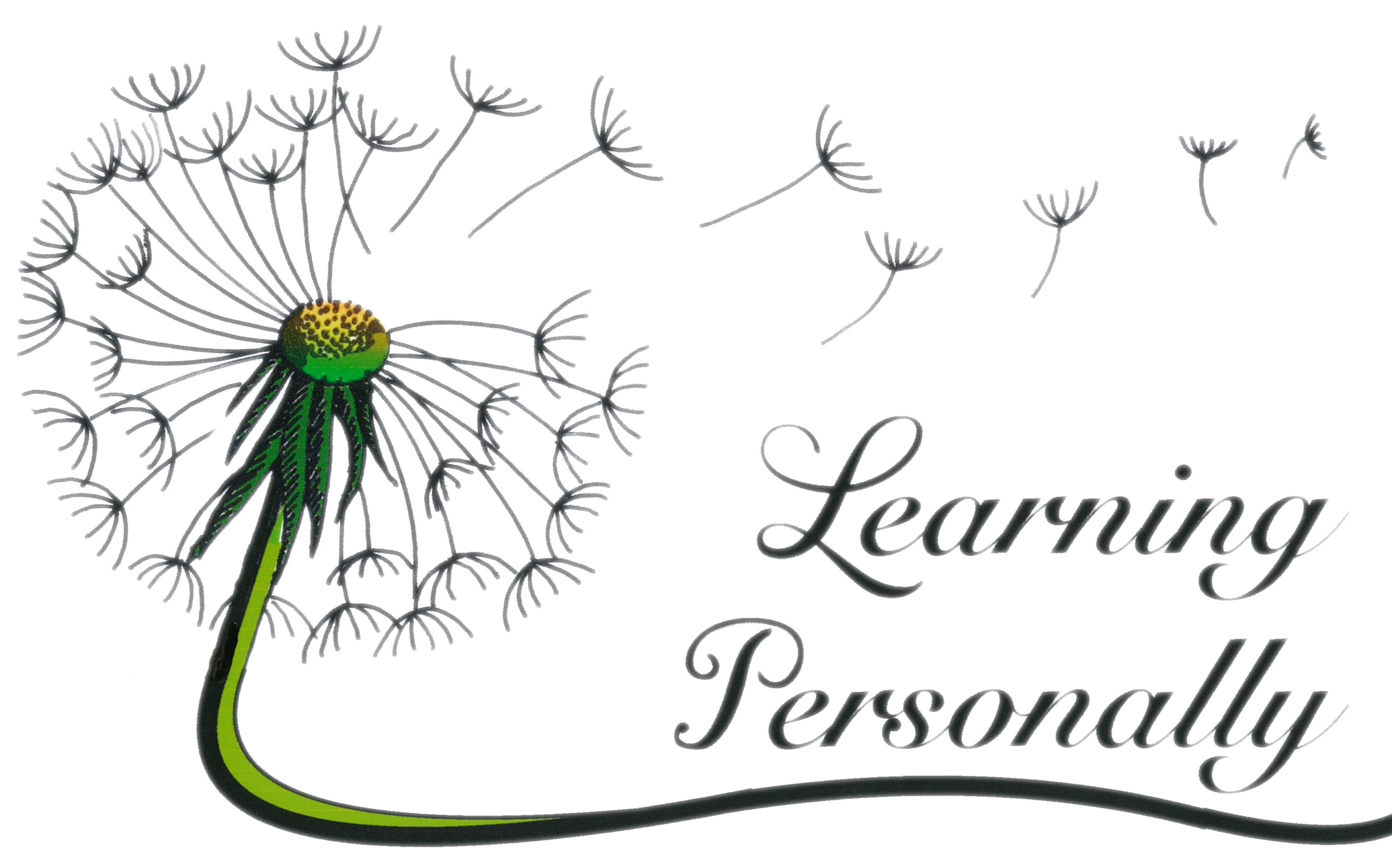The 7 Basic Learning Styles
Dr. Howard Gardner, the developer of the theory of 7 (9) Intelligences, defines the difference between an Intelligence and a Learning Style this way:
The Intelligence is an intellectual ability and a Learning Style is the way in which an individual approaches a range of tasks.
Recently, an early modern pioneer in the field of learning styles has begun referring to these as Power Traits. She offers a powerful self-assessment to determine one’s profile. To find a Self-Portrait™ Power Traits Assessment, visit
Here is a list of the 7 basic Learning Styles
- Auditory (aural) and musical learners – besides the musician-learners, auditory learners fare better when listening to lectures and verbal presentations vs. reading books, notes, etc. Musician learners can benefit from putting information to be memorized into a rhythmic pattern and repeating it like a chant.
- Visual and spatial learners – when this style is dominant, the learner prefer to intake knowledge & information by observation
- Verbal learners – a person with this style at the forefront loves to speak and write. A verbal learner usually finds self-expression very easy and comfortable. Such a learner is not afraid of public speaking in most instances, being able to speak concisely and clearly.
- Logical & mathematical learners – these people excel at science and computer technology. They thrive on logical thought and want information presented in a way that makes sense to them.
- Physical or kinesthetic learners – this learning style as the predominant one desires touch – whether fixing something or shooting hoops or any other physically-involving activity, if you want to capture their attention, make it physical. A child might practice the multiplication tables by playing catch with a tennis ball or bean bag with another person and reciting an equation with each throw and catch.
- Social and interpersonal learners – these are natural team players. They enjoy working in groups and are attentive listeners and skilled at expressing themselves.
- Solitary and intrapersonal learners – these learners prefer solitude and quiet to focus on whatever they are doing without interruption. They work better alone than in a group and are self-guided & self-motivated. Writers and visual artists are in this group, as are many research scientists.
